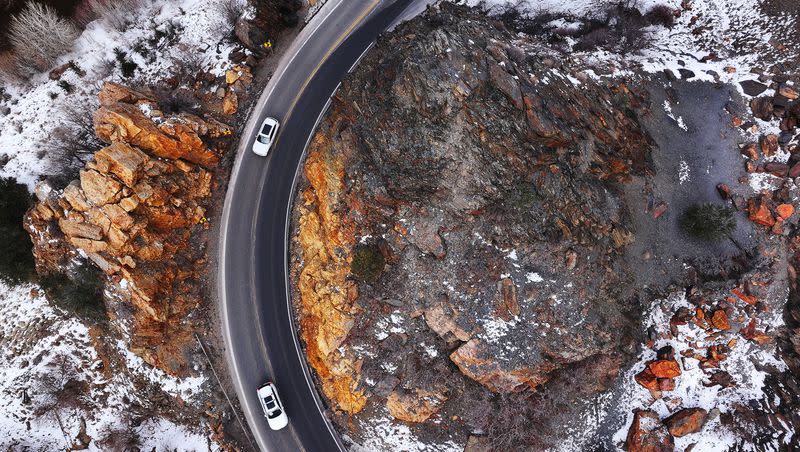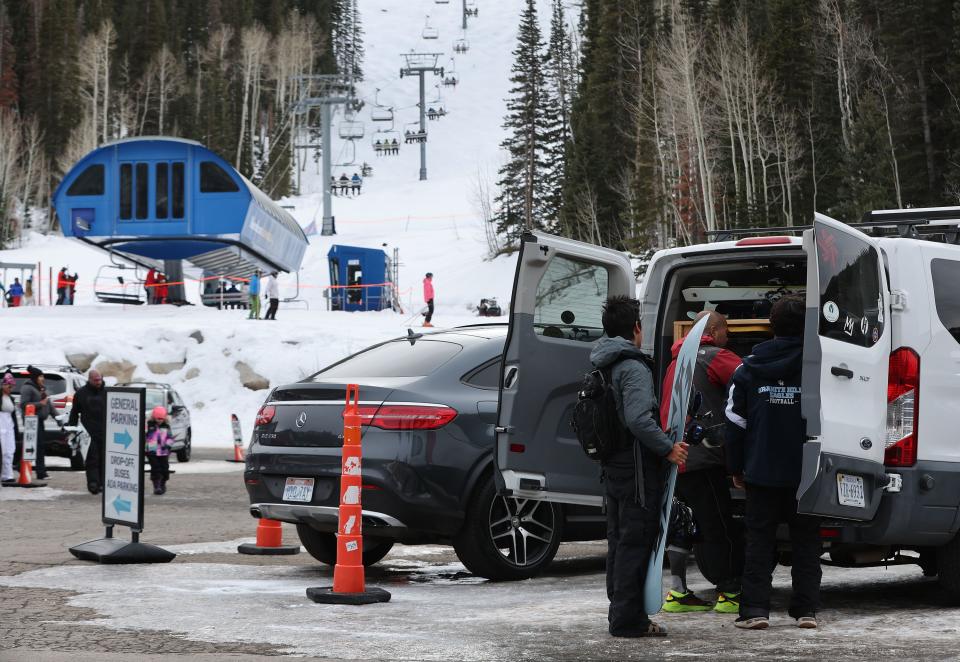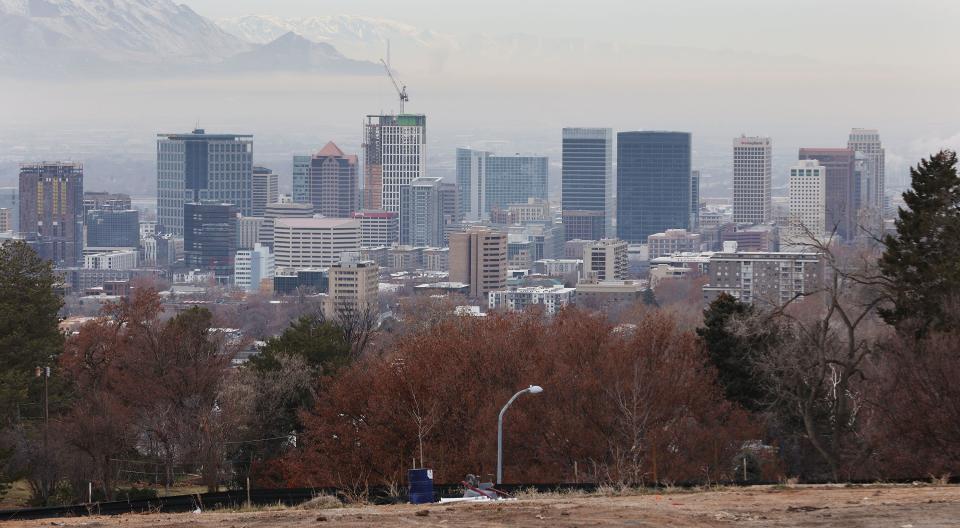‘Very concerning’ dry conditions haunt all of Utah. Will it change?

Mother Nature turned into a Scrooge for most of December, delivering very little rain or snow, and she hasn’t been any more generous early this year.
“Right now, it is pretty concerning where we stand,” said Jordan Clayton, supervisor of the Natural Resources Conservation Service’s Utah Snow Survey.
Clayton said no basin in Utah sits at average for snowpack and for precipitation, the Bear River Basin is the only one that has raked in an average amount.
It’s frustrating, he added, because the water year got off to a good start, propped up by active November storms.
Then, it fizzled.
Consider this, as of Tuesday, where these particular basins sit in the amount of precipitation received:
Weber-Ogden, 79%.
Provo-Utah-Jordan, 70%.
Southeastern Utah, 60%.
While those numbers are grim, the situation is even worse in southwestern Utah, the Upper Sevier basin and in the Escalante River area. Upper Sevier is at 49%, southwestern Utah is at 33% and Escalante River is at 30%.

“Everything is well below normal,” he said.
Coming off a record snow year, this year’s performance has been abysmal. Water managers, however, never thought they’d get a duplicate performance. It would have been nice, however.
Related
Clayton and others hope for at least an average year for snowpack to keep reservoirs at healthy levels and deliver a good runoff.
Typically, the first few months of the year are the star performers in terms of snowpack and being the wettest.
“So if we are going to turn this into a wet winter, it’s over the next mainly three months when that is going to happen — or not happen,” he said. “What we can’t have happen is for the snow to go away because at this point, we’re really counting on (good) back to back water years to help keep our reservoir system full.”
Statewide, reservoir storage sits at 78% of capacity, about 20% higher than what is typical, according to the Utah Division of Water Resources.
The division was coming off the promise of that star performance delivered by November storms — statewide average snowpack was at 153% of median. Even into just a few days before Christmas, it was optimistic an active weather pattern would continue.
Related
But now it’s early January and it shows just how quickly weather patterns can change, underscoring the vulnerability of states like Utah and others in the West.
In fact, the Los Angeles Times cited federal drought experts to describe these conditions that constitute a snow drought.
Clayton did say one piece of good news is that soil moisture content remains in good shape, in fact above normal in the mountains.
“So that is still encouraging if we could get the snowpack to turn around and get a close to normal snowpack season.”
A coming storm just might help that, with the anticipated weather pattern to change as early as Thursday.


